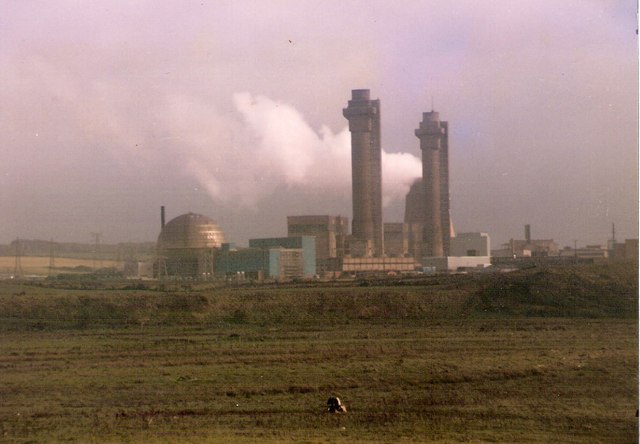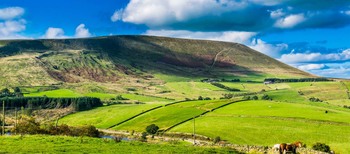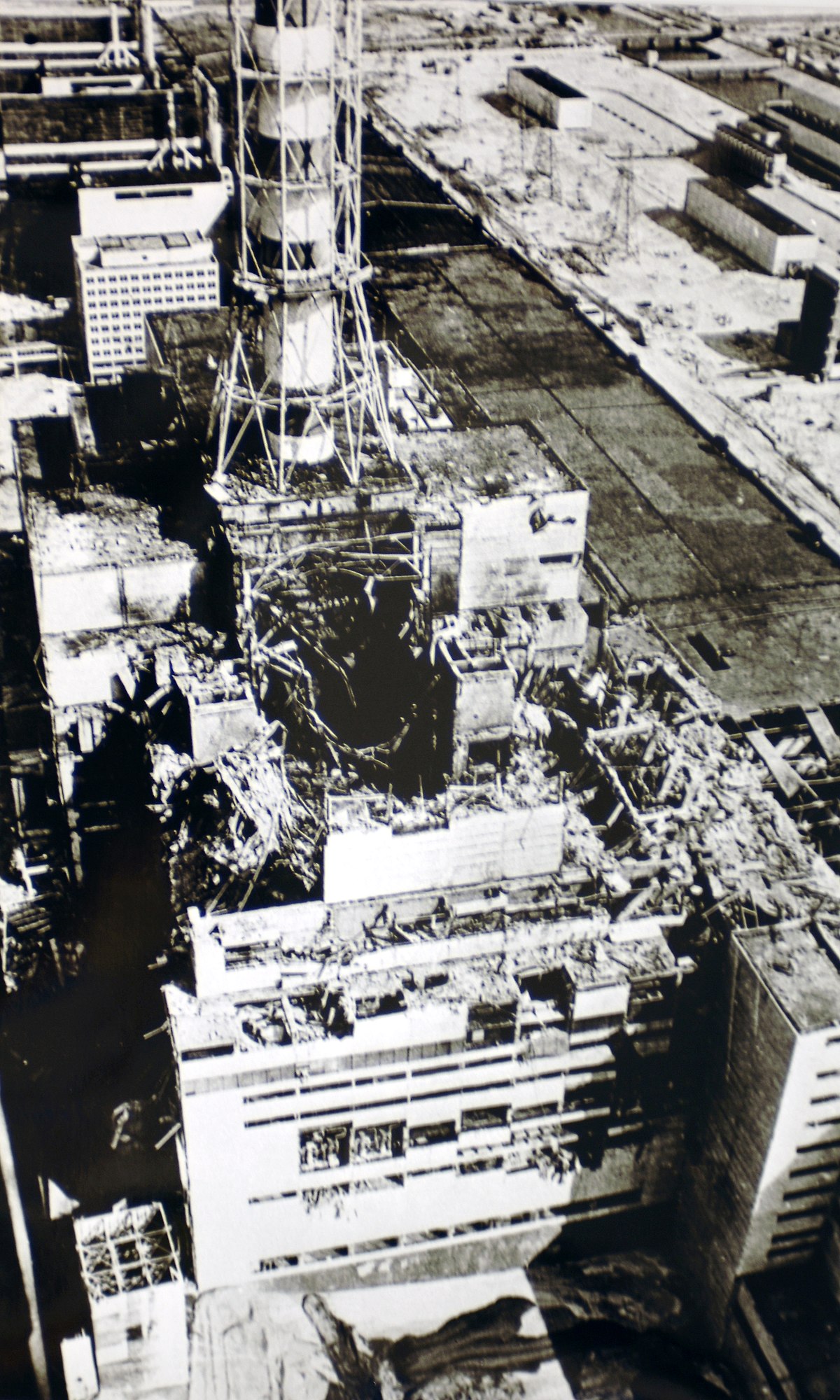- Joined
- Oct 7, 2008
- Messages
- 62,582
- Location
- Bulgaria

Kiev residents were told to shut their windows and stay indoors yesterday after thick smoke from wildfires in the Chernobyl exclusion zone blanketed the Ukrainian capital.
The authorities insisted, however, that the blanket of thick yellowish smoke, which came in from forest fires smouldering in the area around the now defunct Chernobyl nuclear power station, was not a health hazard.
Fires that had been raging in the area for two weeks, described as the worst since the 1986 explosion at the power station, were put out on Wednesday.
Several patches of the forest, however, were still smoldering when high winds ignited new, albeit smaller fires on Thursday afternoon.

Ukraine's health ministry says the radiation level remains normal and Chernobyl faces no immediate threat.
At one point on Thursday, according to the IQAir index, Kyiv's air pollution was the worst in the world.






